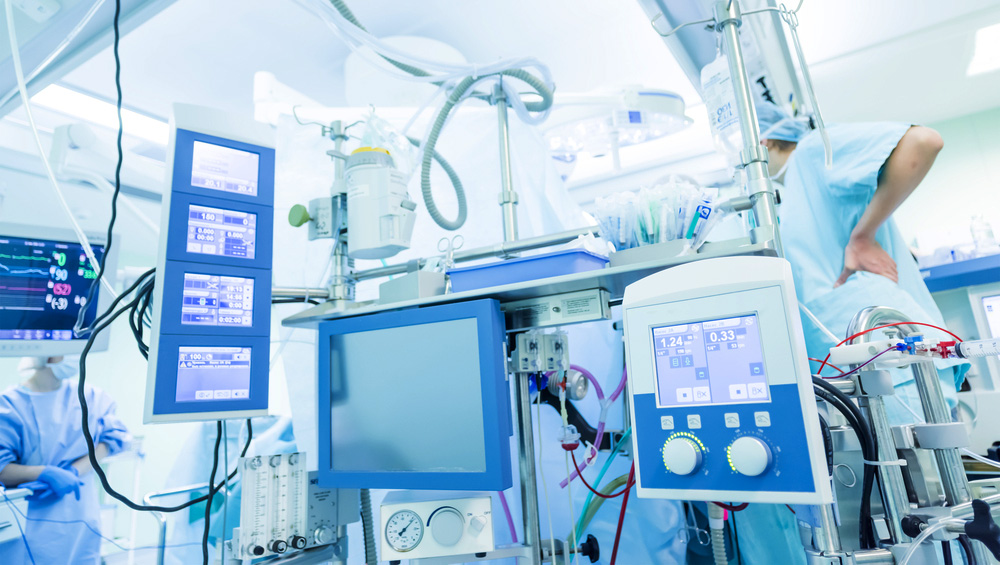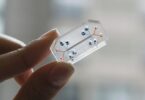Currently there are Perfusion Machines that are extracorporeal devices designed to improve the evaluation, preservation and recovery of organs for transplantation. Its purpose is the maintenance of cellular metabolic activities of the organ, through the generation of a homogeneous vascular flow inside the organ, with special perfusion solutions.
The perfusion pump is a device designed to release and inject set amounts of a solution, in a given period of time and / or a fixed and precise flow rate. In this way, in the device, through a series of ducts, a continuous or pulsatile controlled vascular flow is established.
The pumping systems used in MP are usually peristaltic or rotary.
Peristaltic pumps are based on the progressive compression of an elastic tube. The best known are roller pumps that are commonly used in extracorporeal circulation and hemodialysis.
 Rotary pumps base their operation on the rotation of a rotor, produce less hemolysis than roller pumps and some of them are designed for long-term assistance. They are of small size, their operation is simple and is limited to controlling the speed of rotation of the rotor with a low power consumption. There are two fundamental types: axial and centrifugal. Centrifugal pumps are the most used and provide a continuous flow. They consist of a more or less conical chamber with a tangential outlet tube and a solid organ transplants inlet tube.
Rotary pumps base their operation on the rotation of a rotor, produce less hemolysis than roller pumps and some of them are designed for long-term assistance. They are of small size, their operation is simple and is limited to controlling the speed of rotation of the rotor with a low power consumption. There are two fundamental types: axial and centrifugal. Centrifugal pumps are the most used and provide a continuous flow. They consist of a more or less conical chamber with a tangential outlet tube and a solid organ transplants inlet tube.
Another type of pumps used are piston pumps. This is a type of positive displacement hydraulic pump, which displaces liquid, by creating a pressure imbalance within a closed environment
Surgeons have long been storing the organs in a cold solution and have transported them in refrigerators to the center where the transplant is performed. But this practice has caused damage and in some cases is unusable.
Currently a new technology, called hot perfusion, can keep organs such as the heart beating and lungs active while allowing surgeons to evaluate and treat organs to last longer.
Regarding liver transplantation, normothermic perfusion machines (MPN) emerge as an option to try to maintain the viability of these organs and even improve their function. This review focuses on the current results obtained in liver transplantation with organs from donors in asystole and the role that MPN can have in this field.
In 2001 a group of scientists (Schön) showed that the use of normothermia during only 4 h before the liver transplant produced an improvement in the function of hepatic synthesis, when compared with 4 h of cold preservation. The results were confirmed by the Oxford group, which concluded that the use of MPN is superior to cold preservation in terms of bile production, protein synthesis, ischemic injury and histological appearance.
As for the time that the MPN can keep the organs in working order, Butler managed to maintain its viability for 72 h. The only parameter that had an unfavorable evolution in the last part of the study was the decrease in bile secretion, but this effect is related to the impossibility of filling the hepatic deposit of bile salts.
In comparison with the large number of experimental studies, clinical experience with MPN is still very restricted. The use of the MPN in the TH offers new and interesting perspectives. Especially in the field of AD, where currently the limiting factor is graft quality, normothermic perfusion can increase the number of available grafts and at the same time offer higher quality organs.
These and other innovations are also possible in Pharmamedic.







